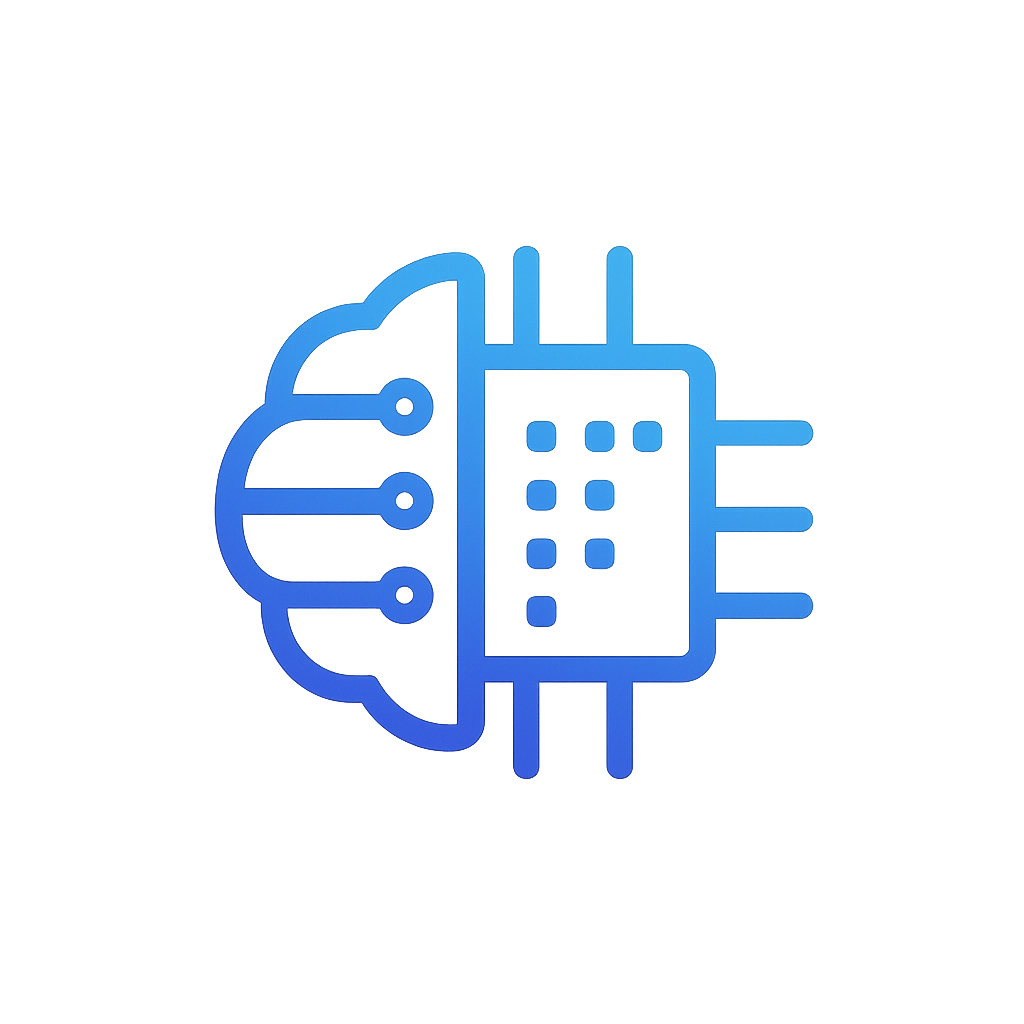AI Productivity Tools
Discover how AI can help you work smarter, not harder. These tools automate repetitive tasks, organize information, summarize content, and streamline your workflows to save you time and mental energy.
Popular AI Productivity Tools
Notion AI
AI assistant integrated into Notion's workspace platform to enhance note-taking and documentation.
- Summarize long documents
- Generate action items from meetings
- Rewrite and improve text
- Create content from simple prompts
Zapier AI Assistant
AI-powered automation platform that connects your apps and automates workflows.
- Create automated workflows with natural language
- Connect 5,000+ apps without coding
- Process data across platforms
- Automate repetitive tasks
Otter.ai
AI meeting assistant that records, transcribes, and summarizes your meetings.
- Real-time transcription
- Automated meeting notes
- Key points & action item extraction
- Integration with Zoom, Teams, etc.
Microsoft Copilot
AI assistant integrated into Microsoft 365 apps to enhance productivity across Word, Excel, PowerPoint, and more.
- Draft & edit in Word
- Analyze data in Excel
- Create presentations in PowerPoint
- Summarize meetings in Teams
Mem.ai
AI-powered workspace that organizes your notes, tasks, and knowledge with smart connections.
- Automatically organized notes
- Smart connections between ideas
- Generate summaries & suggestions
- Powerful search & retrieval
Taskade
AI-powered project management and outlining tool with built-in productivity features.
- AI task & project generation
- Team collaboration features
- Mind mapping & outlining
- Templates for various workflows
Make.com
Visual no-code automation platform to connect apps and automate complex workflows.
- Visually design complex automations
- Connect thousands of applications
- Supports APIs, webhooks, and conditional logic
- Automate business processes
Tip: Start Small with Automation
When incorporating AI productivity tools into your workflow, start with one small, repetitive task that takes up your time. Master that automation before moving on to more complex processes. For more ideas, check our guide on automating everyday tasks with AI.
AI Productivity Use Cases
Meeting Management
AI tools can transcribe and summarize meetings, extract action items, and even schedule follow-ups. Apps like Otter.ai, Fireflies.ai, and Microsoft Teams with Copilot automate the process of note-taking so you can focus on the conversation instead of documentation.
Email and Communication
AI assistants integrated into Gmail, Outlook, and other communication tools can help draft emails, summarize long threads, prioritize your inbox, and suggest responses. This saves time on routine correspondence while helping you maintain professional communication.
Data Analysis and Visualization
Tools like Microsoft Excel with Copilot and Google Sheets with Gemini can help analyze data, create visualizations, and extract insights without requiring advanced knowledge of formulas or data analysis techniques. Simply describe what you want to understand from your data.
Content Organization and Retrieval
AI-powered knowledge management tools like Notion AI, Mem.ai, and Obsidian help organize your notes, documents, and ideas with smart connections, making information retrieval faster and more intuitive. This reduces time spent searching for information and improves knowledge accessibility.
Getting Started with AI Productivity
1. Identify Your Time Drains
Before adopting any AI productivity tool, identify which tasks take up most of your time but provide relatively low value. These are prime candidates for automation or AI assistance.
2. Choose Tools That Integrate With Your Existing Workflow
The best productivity tools enhance your existing systems rather than forcing you to change everything. Look for AI solutions that integrate with the apps and platforms you already use.
3. Start With One Task or Process
Don't try to automate everything at once. Pick one repetitive task, implement an AI solution, refine it until it works well, and then move on to the next opportunity for improvement.
4. Measure Time Savings
Keep track of how much time you save by implementing AI productivity tools. This will help you justify the cost of paid tools and identify which solutions provide the most value for your specific needs.
